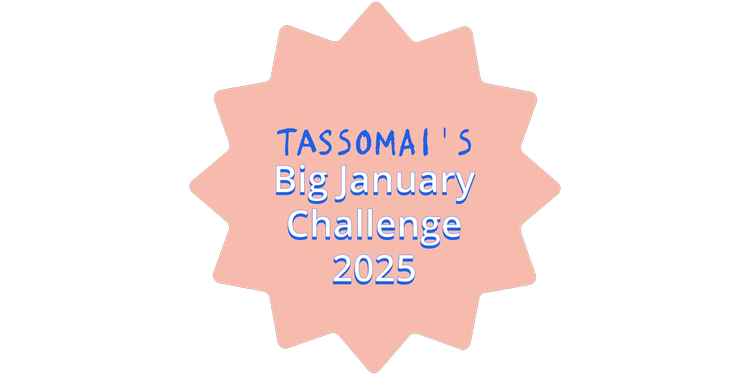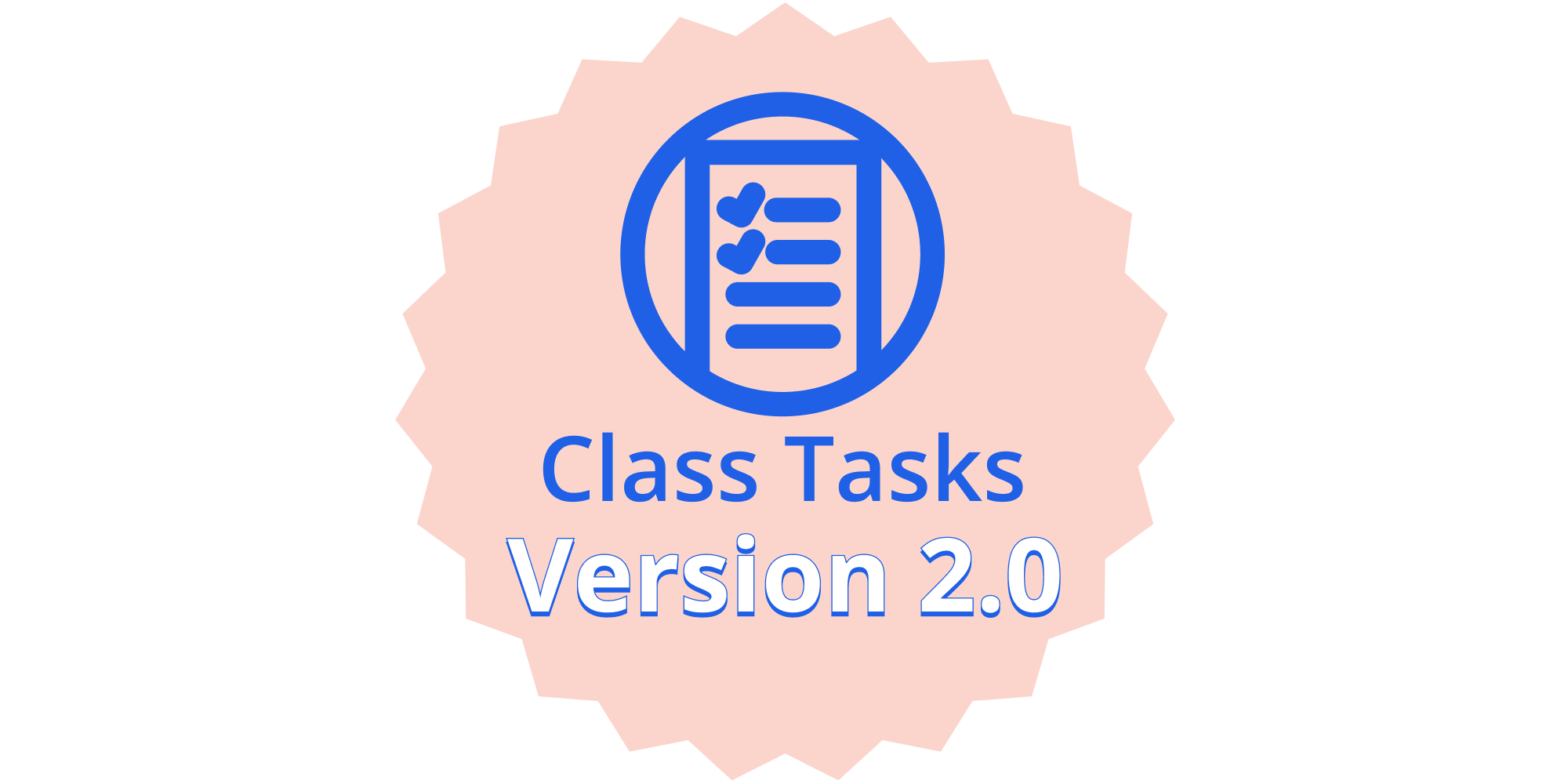Dyslexia and Tassomai
** A version of this article by Harry from the Tassomai team was previously published on LinkedIn to tie in with Dyslexia Awareness Week (2nd to the 8th of October, 2017). **
Dyslexia, and helping children with dyslexia and other learning difficulties, is something which is really important to Tassomai. I want to talk a bit about why this is so important to us, what we’re currently doing about it, and what we aim to do in the future.
If you’re reading this article, I think it’s fair to assume you know what dyslexia is — or at least have some idea. I’m not going to go into detail on what dyslexia is or what causes it, but put simply it’s a learning difficulty which impacts reading, writing and spelling, with no impact on overall intelligence. If you want more information there are loads of great resources out there online (dyslexiaaction.org.uk, bdadyslexia.org.uk, dyslexia.uk.net etc.) so just have a look. Instead I’m going to focus on dyslexia and Tassomai.
Firstly, I need to explain why dyslexia is so important to us. Central to Tassomai is our belief that “Any student can achieve a good grade given the right support”. We believe that Tassomai can help students in every school, especially those who are often left behind by teachers. Because so many schools are financially stretched, and teachers have limited time, students with learning difficulties don’t always get the attention they need, and that we feel they deserve.
This is one of the main reasons that we care so much about dyslexia; we don’t believe that it’s fair for these students, many of whom work extremely hard, to get poor grades because of their learning difficulty. This is exacerbated by the makeup of our office; I’m dyspraxic, a colleague and our founder are both dyslexic and one colleague is dyslexic with a below average processing speed. We know how important support is for students with learning difficulties. In fact, we were all lucky enough to receive support for our learning difficulties, and so we want to give some of this support back.
So how does Tassomai help students with dyslexia? The main problems dyslexic students have are with reading, writing and spelling; Tassomai doesn’t require a student to write or spell, so dyslexic students won’t struggle with that while on the program, meaning the only hindrance they might have is with reading. To help with this we’ve tried to do as much as we can. The fonts which we use for our questions are chosen with readability in mind, in an attempt to make this easier for dyslexic students. We also try to ensure that all questions are written as clearly and concisely as possible, and we don’t test spelling [except in specific courses] — we simply try to teach it by ensuring every word is spelled correctly.
The main thing we do, however, is to highlight certain words, both in questions and answers. This serves a dual purpose: the first is to emphasise the important words, so students make natural links between them (anode and positive, for example); the other, more relevant reason, is to show which words change between the different answers. For example, a question might ask for the products of a reaction. If one of the products was carbon dioxide, an incorrect answer might include carbon monoxide. In this situation the words “dioxide” and “monoxide” would be highlighted to tell students to pay attention to them. Since both end in “oxide” it is common for a student who struggles with reading to confuse them, but the added emphasis hopefully makes them focus on these words, ensuring they don’t misread them and choose the wrong answer.
We are aware that there is more that we can do to help — and rest assured we are trying to. Three of us are currently researching the best way to improve Tassomai for students with dyslexia, while making sure that we don't make the site worse for other users. This is taking time, as lots of the research around dyslexia is conflicting - for example you can find research claiming that both serif and sans-serif fonts are more readable. Similarly a lot of research suggests that one thing which can improve readability for dyslexics is the use of contrasting colours, such as red and green. This, obviously, would cause a huge problem for anyone with red-green colour-blindness! We're therefore trying to make sure we don't rush into making any changes which might affect other students.
If you can think of any changes we should make to help students struggling with dyslexia, then please let us know; we try to listen to and build on all the feedback we're given.
Have a good Dyslexia Awareness Day — and a good World Teachers Day!
Harry Boteler,
Tassomai Content Editor and Marketing Co-ordinator (and dyspraxic)











